This is it, folks! It’s time to blow the dust off the fedora, oil the whip, and venture into the unknown one last time as we celebrate the end of an era with a look back at the fifth film in the Indiana Jones franchise, Indiana Jones and the Dial of Destiny!
Unleashed 15 years after Indiana Jones and the Kingdom of the Crystal Skull and presented as Harrison Ford’s final performance as Dr. Henry Walton “Indiana” Jones Jr., Dial of Destiny finds a disillusioned Indy haunted by a villain from his past and pulled into a chase to recover the Antikythera, an Ancient Greek hand-powered orrery capable of predicting astronomical patterns and eclipses in advance. Commonly referred to as the first analog computer, the Antikythera is more than it seems in Dial of Destiny. In the film, the Antikythera can chart fissures in the fabric of space-time. Open for a brief measure of seconds; the apertures help transport explorers through history. Using the Antikythera, one could map a course through the past, possibly manipulating pivotal events. For a moment, imagine this device in the hands of the wrong people and feel the shivers run down your spine.
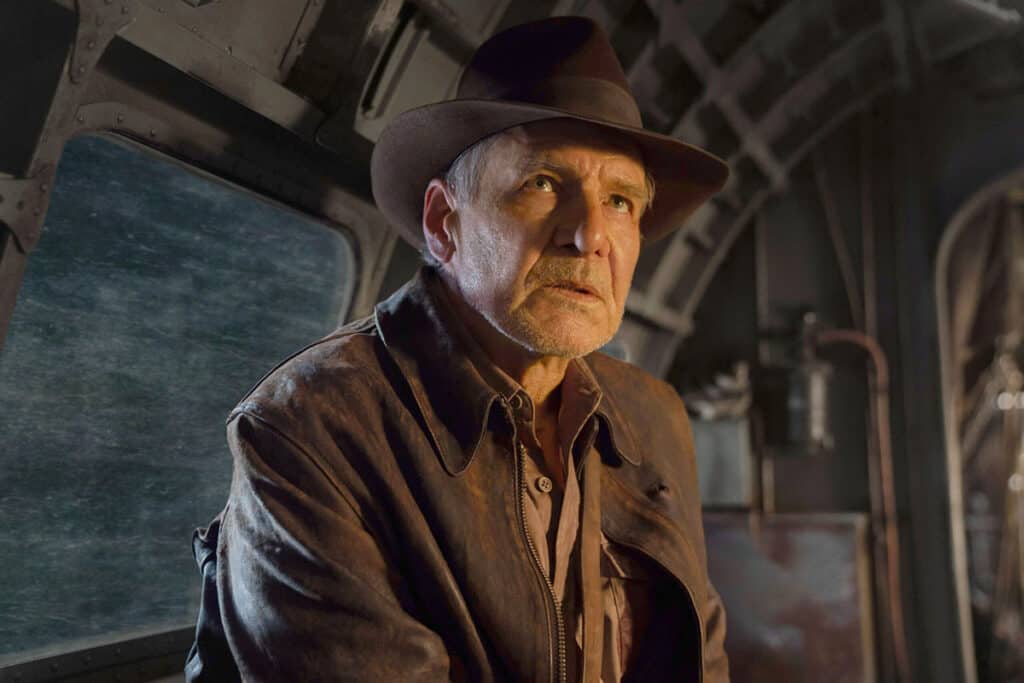
As a way of bucking tradition, Dial of Destiny is the first feature in the Indiana Jones franchise directed by someone other than Steven Spielberg. Shocking as this is, the answer to why Spielberg relinquished the reins to another director is simple: he wanted to pass the torch. Feeling it was time for a new generation to decide Indy’s fate, Spielberg exited directorial duties for Dial of Destiny in 2020 after several delays due to the Covid-19 pandemic. James Mangold quickly took hold of the production as the project’s new director, with Mangold, David Koepp, John-Henry Butterworth, and Jex Butterworth penning the script.
The deal to make a fifth Indiana Jones movie dates back to 1979 when Spielberg and George Lucas signed an agreement with Paramount for four sequels to 1981’s Raiders of the Lost Ark. Initially, George Lucas imagined Indy and Marion Ravenwood’s son, Mutt Williams, as the hero of the fifth chapter of the film series. However, Lucas changed his mind about making the combative greaser played by Shia LaBeouf in Indiana Jones and the Kingdom of the Crystal Skull shortly after the divisive sequel’s theatrical release. While Lucas never gave an official reason for abandoning his idea for Mutt to pick up the whip, adverse fan reactions to the character could have played a part.
Speaking with MTV three weeks after Kingdom of the Crystal Skull debuted in theaters, Lucas commented on his decision to euthanize his plans for Mutt, saying, “Indiana Jones is Indiana Jones. Harrison Ford is Indiana Jones. If it was Mutt Williams it would be ‘Mutt Williams and the Search for Elvis’ or something.” In the end, LaBeouf didn’t hand-jive his way to becoming the frontrunner of the franchise, which is a good thing, as his problematic reputation would have lent poorly to playing the central character for a decades-long commitment.
During the film’s planning stage, Spielberg and Lucas disagreed about where the next chapter could go. Lucas wanted the franchise to retain its supernatural roots while presenting an archaeological and historical bent. While Spielberg agreed, the two creatives began pulling Indy in different directions, with Lucas looking toward the future and Spielberg wanting to return to the past.
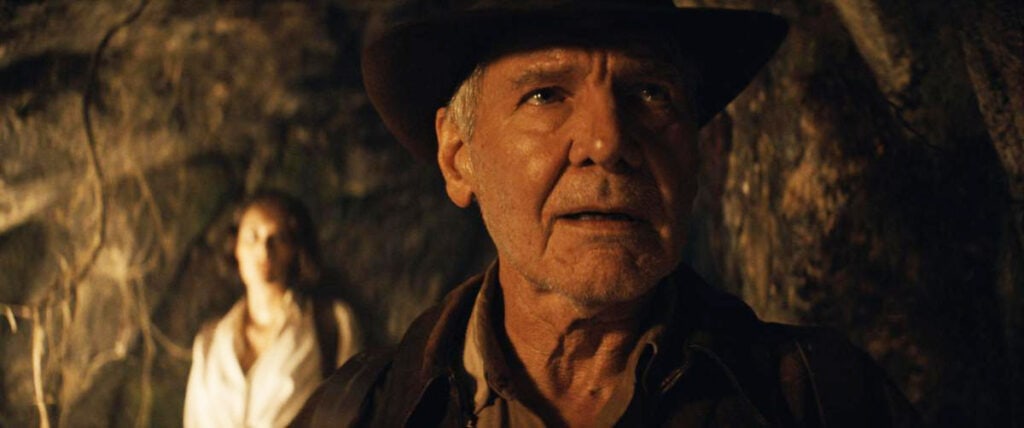
In an interview with the Times Online, Lucas explained the duo’s divide: “I’m in the future; Steven’s in the past. He’s trying to drag it back to the way they were, I’m trying to push it to a whole different place. So, still we have a sort of tension. This recent one came out of that. It’s kind of a hybrid of our own two ideas, so we’ll see where we are able to take the next one.”
The schism left Ford’s final Indy film in limbo, and during the creative lull, the Walt Disney Company obtained Lucasfilm, giving rights to the character’s upcoming odyssey to the House of Mouse. Then, in another move, Walt Disney Studios snagged the distribution and marketing rights to future installments of the Indiana Jones franchise from Paramount. With Walt Disney Pictures and Lucasfilm agreeing to co-produce the fifth film, Lucas relinquished the long-gestating film project to Lucasfilm President Kathleen Kennedy. Collectively, the creative forces in charge of Indy’s fate felt the character needed one more adventure before hanging his hat on a line.
With the Antikythera chosen as the film’s MacGuffin, it was time to get the band back together and add a few new players to the cast. Without question, Ford would return as Dr. Jones for one last trip into danger. Still, the 80-year-old actor is no spring chicken and would require a body double to film Dial of Destiny’s extended opening sequence set in 1944. In addition to using state-of-the-art de-aging technology on Ford, Anthony Ingruber played Ford’s body double for select scenes.
The effects-driven sequence finds a younger Indiana Jones aboard a speeding train occupied by Nazis. There to rescue his Oxford colleague Basil Shaw (played by English actor Toby Jones) and retrieve the Lance of Longinus, a holy spear said to have pierced the side of Jesus Christ during the biblical figure’s crucifixion, Indy traverses the racing deathtrap with vigilance. The opening segment peacocks the film industry’s ability to delight and deceive, featuring close-calls, fisticuffs, and close-up shots of Disney‘s uncanny VFX magic.
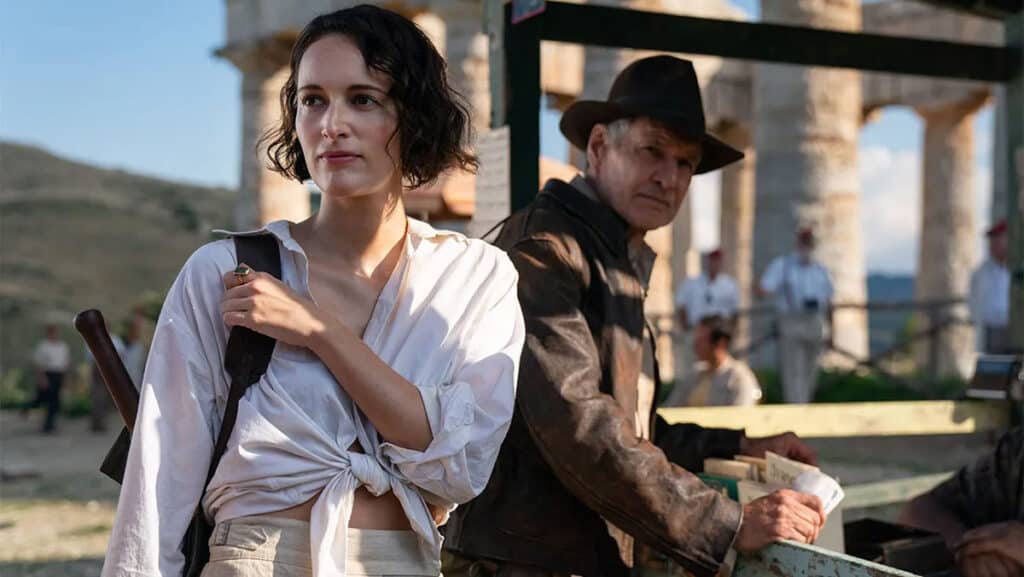
Making her debut in the Indiana Jones franchise is Fleabag and Killing Eve actress Phoebe Waller-Bridge, who plays Helena Shaw, Indy’s opportunistic and brash goddaughter. Throughout Dial of Destiny, Helena acts as a thorn in Indy’s side by ignoring his instructions and carving a path toward a lucrative payday for selling the Antikythera to the highest bidder.
Much like how Indy travels with Short Round in Indiana Jones and the Temple of Doom, Helena partners with Teddy Kumar, a young Morrocan pickpocket and sidekick played by Ethann Isidore. Like Short Round, Teddy pulls his weight throughout the mission by navigating the backstreets of Tangier like a pro and making good use of his fake amateur pilot’s license.
Playing the part of the film’s primary protagonist, Jürgen Voller, is Danish actor Mads Mikkelsen. As a German scholar, scientist, and astrophysicist, Voller operates below the radar to achieve his lofty goal of reshaping the world in his image. After arriving in America, Voller adopted the name Schmidt and joined NASA to oversee the organization’s moon landing operation. Aware of the Antikythera’s power, Voller aims to rewrite history, correcting what he sees as past mistakes made by other genocidal dictators and tragically influential figures.
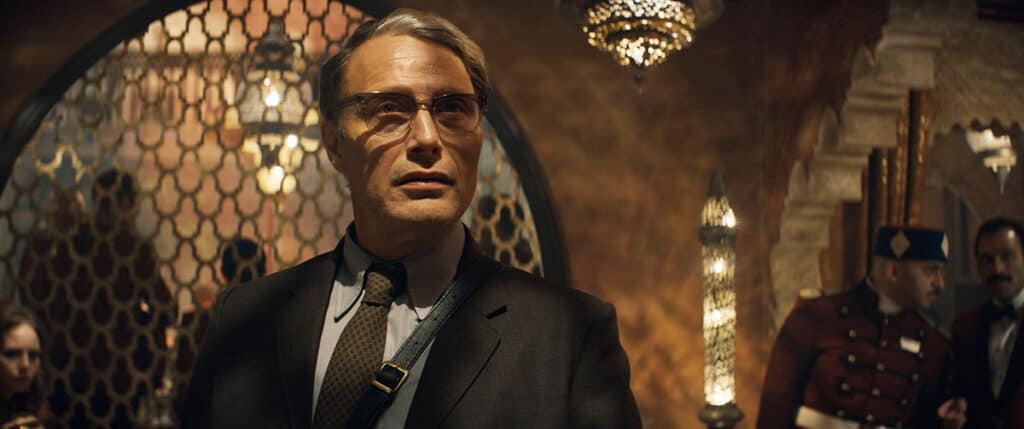
Other players in Dial of Destiny include Antonio Banderas as Renaldo, an old friend of Indy’s and an experienced frogman of watery depths. John-Rhys-Davies returns as Sallah, Indy’s long-time compatriot and grandchild wrangler, with a warm disposition and infinite stories to share. Karen Allen comes back to the franchise as Marion Ravenwood, Indy’s estranged wife and mother to the couple’s dearly departed son, Mutt, who died in the Vietnam War.
Working as Voller’s lapdog enforcer is Boyd Holbrook’s Klaber, a Neo-Nazi unafraid to get his hands dirty at his master’s behest. Shaunette Renée Wilson plays Agent Mason, a CIA agent assigned to keep Voller’s nose clean in the face of his erratic behavior and habit of going off-script. Unfortunately, Wilson’s hypnotic presence is wasted in Dial of Destiny, resulting in one of the film’s most significant missteps. Finally, there’s Olivier Richters as Hauke, Klaber’s silent muscle and brick shithouse in desperate need of swimming lessons.
With much of the cast assembled and Mangold ready to make history as the first director besides Spielberg to helm an Indiana Jones feature, filming began in the United States, with the challenges of a global pandemic infecting aspects of the project’s production. Thanks partly to extended safety precautions during the COVID-19 crisis, Mangold established a remote location scouting system to limit the travel needed to secure filming environments. For this process, camera operators shot prospective settings and then sent the footage to Mangold and production designer Adam Stockhausen for review.
Other filming locations for Dial of Destiny include England’s famous Pinewood Studios, Bamburgh Castle in Northumberland, the North Yorkshire Moors Railway, the Leaderfoot Viaduct over the River Tweed near Melrose in the Scottish Isles. Much like Indy’s exploration throughout cinematic history, filming for Dial of Destiny found cast and crew members traveling to different parts of the globe, including sections of Scotland, Italy, the Kingdom of Morocco, and even the depths of the Mediterranean Sea.
Mangold wanted to film on location as much as possible despite the looming pandemic threat. He shied away from using Industrial Light & Magic’s Stagecraft technology in favor of practical effects, saying part of what made past Indy films exciting was seeing the actors performing in tangible environments. While rehearsing for the effects-heavy flashback sequence depicting Indy’s search for the Lance of Longinus and his compatriot Basil Shaw, Harrison Ford honored the tradition of hurting himself while filming an Indy movie by injuring his shoulder during a fight scene. Mangold reconfigured the filming schedule as needed while Ford healed the damage, a casualty of the actor insisting on doing most of his stunts.
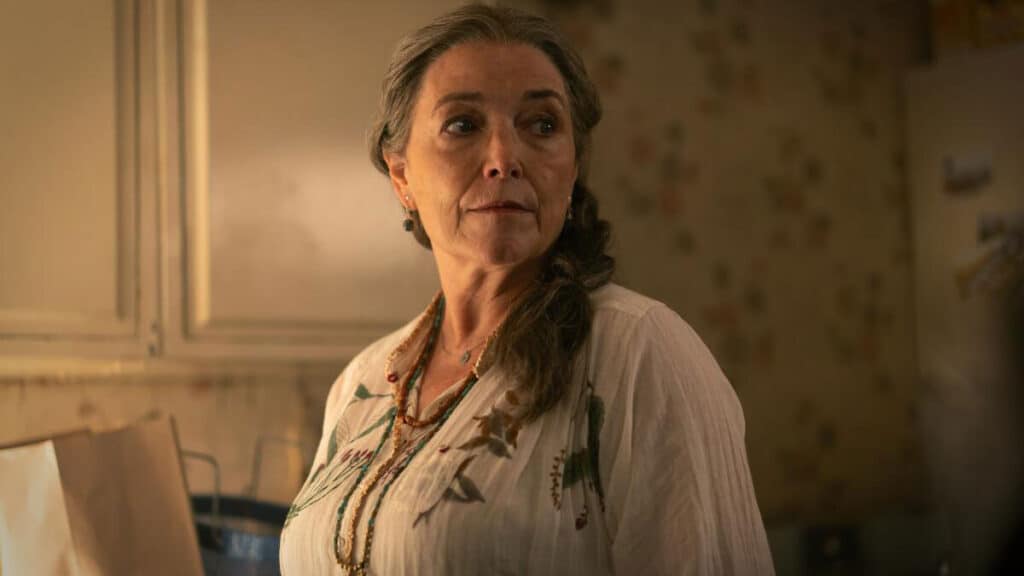
The filming process for Marion Ravenwood’s reunion with Dr. Jones only lasted a day and a half. Allen kept her part in the movie confidential for years, later saying the secrecy often “felt like torture.” Whenever the press would ask her about returning for Mangold’s film, she’d like to say, “I could tell you, but then I’d have to kill you.” Allen also said she was delighted to reprise Marion for the sequel, though she would have liked a more prominent part.
Rather than pairing Indy and Marion for Ford’s final mission, Mangold and the Butterworths created Helena Shaw specifically for Phoebe Waller-Bridge. Written as an homage to Marion Ravenwood, Shaw executes most of the extreme action in Dial of Destiny. She’s mysterious and opportunistic, unafraid of risking life and limb to get what she wants. She puts Indy through his paces, reminding him of the good old days when fate fed you a boulder and monkey brains for breakfast. Rumors about Waller-Bridge leading an Indy spin-off continue to circulate on the internet, though we have yet to hear official word on the concept. Speaking with Variety, Kathleen Kennedy said it was “entirely possible” for Shaw to star in her own film.
On the musical end of the spectrum, Spielberg announced in 2016 that, like other chapters in the franchise, John Williams would return to compose the score. In 2022, Williams said Indiana Jones and the Dial of Destiny would be his final film project, with plans to retire on the horizon. However, Williams retracted his statement at the start of 2023, saying, “You can’t ‘retire’ from music. It’s like breathing. It’s your life. It’s my life. A day without music is a mistake.” Williams’ Dial of Destiny score is among my favorites in the franchise. The soundtrack contains thrilling hooks, creative variations on old arrangements, and a sense of whimsy that places audiences at the heart of the action.
Indiana Jones and the Dial of Destiny contains 2,350 effects shots created and arranged by Industrial Light & Magic. Among the film’s most impressive effects (though some would disagree) is the de-aging technology used to depict Indy during World War II. Initially, the scene was 5 minutes long. Then Mangold expanded the sequence to 25 minutes, creating a jaw-dropping display of how far Disney can take us into the Uncanny Valley. While the effect isn’t perfect, it’s leaps and bounds ahead of Rogue One‘s Grand Moff Tarkin incident, the inhuman baby Renesmee of Twilight fame, or Dwayne Johnson’s Scorpion King from The Mummy Returns.
Over 100 artists worked on the opening sequence for more than three years. The team used artificial technology to scan and archive Ford’s character from previous films and a recent scan of Ford’s face, de-aged by VFX experts. Next, expert lighting technicians toiled day and night to light the scene, hiding seams with shadow and tempering Indy’s complexion using simulated light. It’s a stunning sequence and a testament to how far we’ve come since the days of spirit-summoning arks and Nazis melting faster than a snowman in the Sahara.
Oddly, some fans took issue with the film’s time-traveling mechanic. I say “oddly” because after encountering dark magic, cannibals, an ageless Grail Knight, and interdimensional beings, you’d think that time travel would be par for the course. Still, some viewers were disturbed by characters accidentally traveling to the Siege of Syracuse in 212 BC, where Archimedes and his compatriots engaged in battle with the Romans. Filmed in Sicily, early rumblings about Romans patrolling the Dial of Destiny set confused fans before the film’s release, with many wondering if Mangold’s time-traveling mechanic was too far-fetched for an Indy movie.
Thankfully, the Siege of Syracuse sequence presents one of the film’s strongest emotional payoffs, as Indy attempts to convince Helena to leave him in the past. Unfortunately for Dr. Jones, remaining in the past would create a time paradox, possibly rewriting future events to catastrophic effect. Aware of the damage Indy could cause by staying behind, Helena knocks her godfather out with some chin music and returns him to his proper time and place.
When Indiana Jones and the Dial of Destiny premiered at the 76th Cannes Film Festival, the film received a five-minute standing ovation alongside mixed reactions from critics. The tepid response to Mangold’s sequel quickly spread like wildfire across the internet, sewing seeds of doubt in fans and press members awaiting their early screenings. Adding to the film’s weak reception was a call to boycott Dial of Destiny for a list of peculiar reasons. Some in the boycott camp claim Mangold used the film to take political potshots by having Helena point out the process of capitalism when talking about how the Antikythera exchanged hands throughout history. Others say Dial sold its soul to set up spin-off potential for Helena while reducing Indy to an angry, washed-up drunk. The list continues, but I’ll leave it up to you to tumble down that dark rabbit hole. Despite its franchise legacy, Dial of Destiny underperformed with a global total of $384 million against the long-gestating project’s $294.7 million budget.
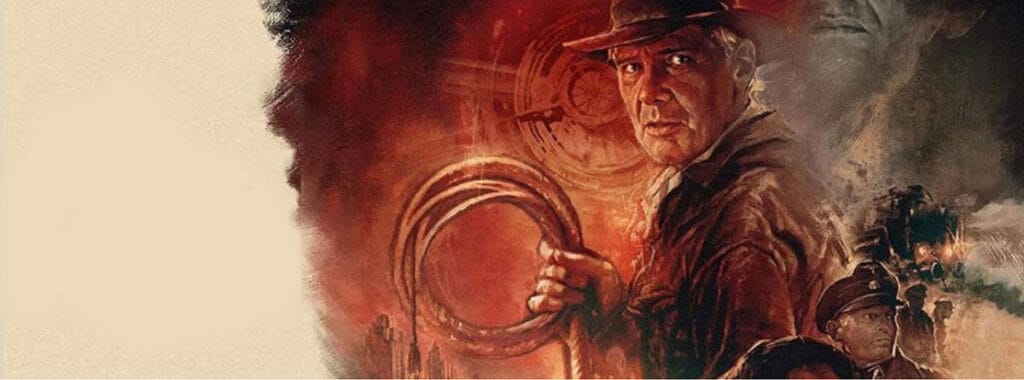
It isn’t easy to share a positive opinion about Indiana Jones and the Dial of Destiny without feeling like Flynn Rider from that “Surrounded By Swords” meme, but here I am. I enjoyed the hell out of Ford’s swan song when I saw the movie in theaters and liked it even more during my most recent rewatch. Is it the ideal ending? Probably not, but what were the chances of this project satisfying Indy fans from every faction?
I applaud the Indiana Jones franchise for never shying away from the character’s age and think Dial of Destiny makes excellent use of the senior adventure’s experience and world-weariness. Like Woody’s fear of being replaced by Buzz Lightyear, Indy feels like a cobweb-covered relic in an age of space races, rockstar worship, and cult-related serial killings. Dial of Destiny taps into the aging explorer’s insecurities, but once the race to recover the Antikythera gets rolling, he’s reborn alongside scrappy, torch-carrying companions.
While not perfect by any stretch of the imagination, with Shaunette Renée Wilson’s Agent Mason all but wasted, uneven emotional beats and strained nods to previous films in the franchise, Dial of Destiny still manages to feel like a roller coaster fueled by thrills and nostalgia. I love seeing the band back together, as fleeting as Marion and Sallah’s roles might be. Mangold’s film sets out to remind fans of the good times while closing the book on one of cinema’s most memorable characters, and Dial of Destiny delivers on those fronts and more.
Expectations can act like a poison while anticipating the end of an era, especially for something as iconic as the Indiana Jones franchise. I think Dial of Destiny is a great Indiana Jones film, and I shudder to think of when we’ll get another adventure film series worthy of spanning four decades and change. May your contributions to cinema and the imaginations of fans and filmmakers be long remembered, Dr. Jones. Thanks for everything, and rest knowing your place in history is shining, immovable, and eternal.






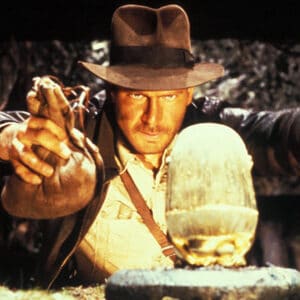

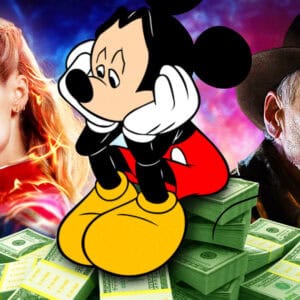
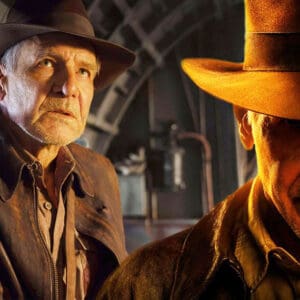

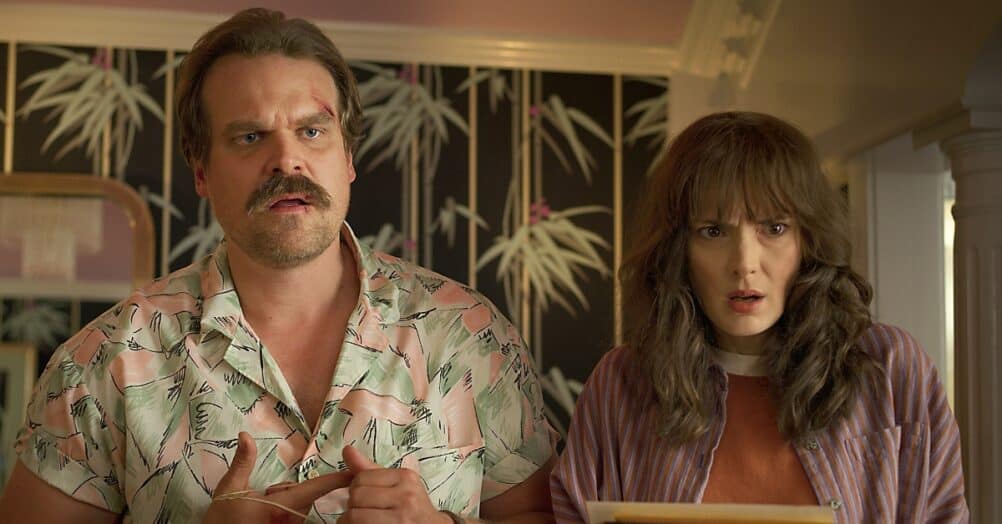


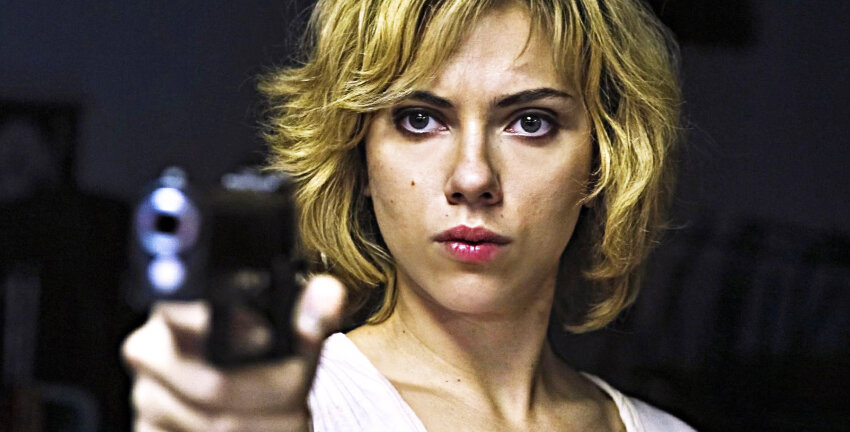
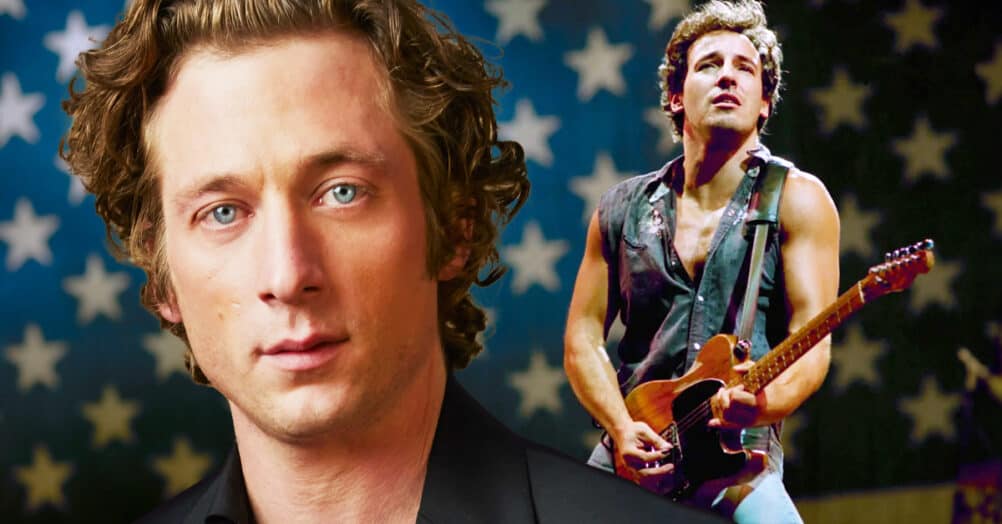




Follow the JOBLO MOVIE NETWORK
Follow us on YOUTUBE
Follow ARROW IN THE HEAD
Follow AITH on YOUTUBE